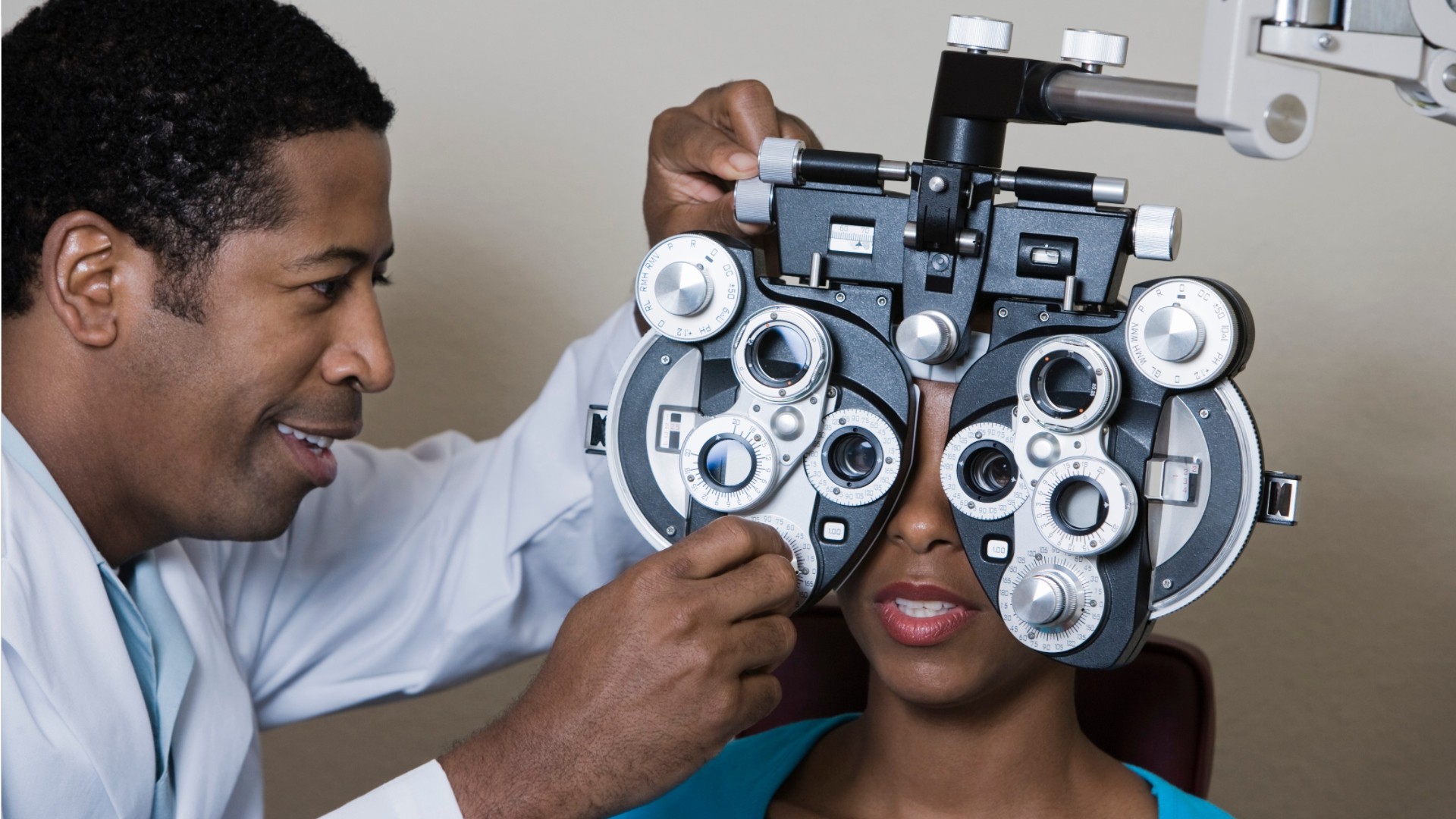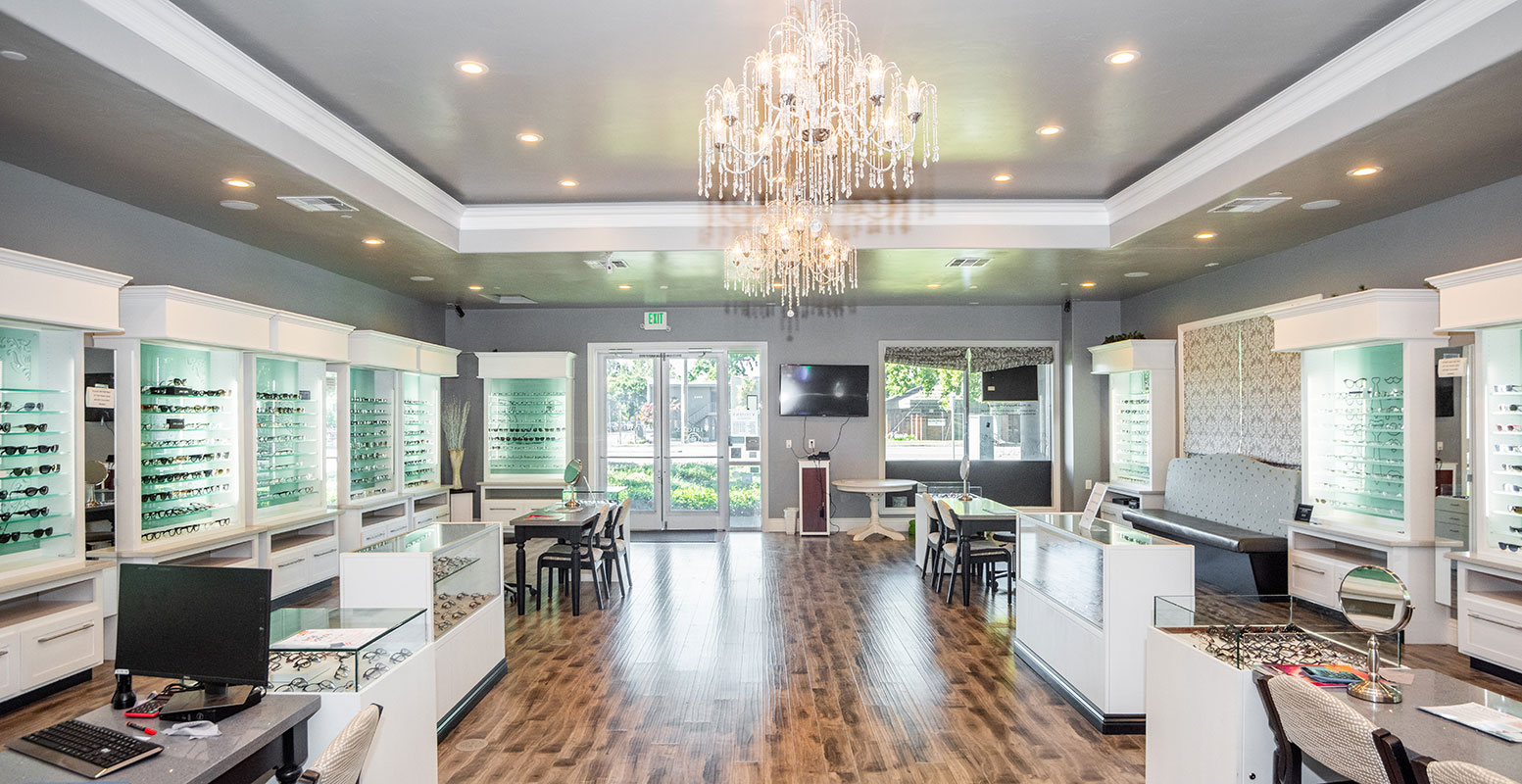The Significance of Regular Exams with an Eye Doctor Optometrist
The Significance of Regular Exams with an Eye Doctor Optometrist
Blog Article
Checking Out the Most Recent Technical Advancements in Optometry and What They Mean for Eye Doctors
In the ever-evolving field of optometry, current technical innovations are reshaping exactly how practitioners come close to eye care. From the precision of Optical Comprehensibility Tomography to the nuanced insights offered by AI-driven diagnostic tools, these technologies are setting brand-new criteria in person assessment and therapy. Teleoptometry is positioned to redefine access, ensuring that competence transcends geographical limitations. As these improvements penetrate the technique, eye doctors are encountered with the difficulty of embracing these tools to enhance person outcomes. The inquiry stays: just how will these technical shifts redefine the functions and obligations within the career?
Technologies in Diagnostic Equipment
Advancing the area of optometry, advancements in diagnostic tools have changed the way eye care experts analyze and detect visual disabilities and eye problems. The past decade has seen considerable technological innovations, enabling more exact and thorough evaluations. Optical Comprehensibility Tomography (OCT), as an example, gives high-resolution cross-sectional photos of the retina, enabling for the early detection of diseases such as glaucoma and age-related macular deterioration. This non-invasive imaging method has become important in contemporary optometric practice.
Another secret advancement is the introduction of innovative corneal topography systems, which map the surface curvature of the cornea with precision. These devices are particularly useful for suitable get in touch with lenses and diagnosing corneal disorders. In addition, digital retinal imaging has actually changed traditional ophthalmoscopy, using thorough, panoramic views of the retina that assist in detailed visual assessments.
The growth of wavefront aberrometry has actually additionally been crucial, allowing the analysis of refractive errors with unequaled precision (Eye Doctor). This innovation helps in tailoring rehabilitative lenses and boosting medical end results for refractive surgical procedures. Collectively, these diagnostic developments equip eye doctors to supply remarkable person treatment, making sure early intervention and tailored treatment techniques, eventually boosting aesthetic health and wellness outcomes
AI in Individual Monitoring
Building on the foundation of innovative analysis tools, the consolidation of expert system (AI) in person administration stands for a transformative jump for optometry. AI systems are significantly utilized to improve performance, precision, and personalization in individual care. By analyzing substantial amounts of data, AI can determine patterns and anticipate prospective ocular conditions, allowing optometrists to customize interventions better. This capability is essential in handling persistent eye illness such as glaucoma and diabetic retinopathy, where early detection and continuous tracking are essential.
Furthermore, AI-driven systems facilitate streamlined person interactions and management procedures. Automated scheduling, digital consultations, and customized follow-up plans not only improve patient contentment yet additionally maximize time monitoring for professionals. These systems can triage clients based on the necessity of their conditions, guaranteeing that those in important requirement receive prompt focus.
Additionally, AI boosts decision-making by giving eye doctors with evidence-based suggestions and therapy paths. By integrating information from electronic health and wellness records, AI devices offer insights that inform professional choices, minimizing the risk of mistakes and improving person results. As AI remains to advance, its role in individual monitoring will likely broaden, reshaping the landscape of optometric care.
Advances in Retinal Imaging
In the world of optometry, retinal imaging has experienced remarkable technical developments that are boosting analysis capabilities and person care. Innovations such basics as Optical Coherence Tomography (OCT) and fundus photography have actually revolutionized exactly how eye doctors envision and examine the retina.
Boosted imaging methods like OCT angiography are further refining diagnostic precision. This non-invasive strategy maps blood circulation in the retina, supplying essential insights into vascular wellness without the requirement for dye shots. Furthermore, adaptive optics modern technology is being incorporated into retinal imaging systems to correct eye aberrations, delivering unmatched picture clarity. Such advancements assist in the identification of minute retinal modifications that could indicate condition progression.
Additionally, improvements in fabricated knowledge are enhancing retinal imaging by enabling automated evaluation of large datasets. These systems aid optometrists in identifying patterns a sign of pathology, consequently boosting analysis accuracy and efficiency. Collectively, these advancements are changing retinal imaging right into a cornerstone of contemporary eye treatment, boosting outcomes and broadening healing possibilities.
Teleoptometry's Expanding Function
Teleoptometry is progressively coming to be an important part of eye care, driven by improvements in electronic communication and analysis devices. This is specifically beneficial in underserved and country locations where access to specialized eye care is frequently limited.
The combination of fabricated intelligence (AI) more enhances teleoptometry, enabling the evaluation of visual information and helping in the discovery of ocular problems such as glaucoma and diabetic retinopathy. AI-powered formulas can quickly interpret intricate imaging data, providing eye doctors with important understandings that boost medical decision-making.
Additionally, teleoptometry supports continuity of treatment through smooth assimilation with electronic wellness records (EHRs), enabling eye doctors to maintain thorough patient backgrounds. When consulting with various experts., this guarantees that individuals obtain consistent and individualized care even.
In spite of these benefits, obstacles remain, including click over here making sure information security and handling individual assumptions. Nevertheless, teleoptometry represents a considerable stride in the direction of more easily accessible, efficient, and patient-centered eye care. As innovation develops, its role is positioned to broaden even more.

Future Fads in Eye Care
A myriad of innovative trends is readied to improve the future of eye care, driven by technological advancements and the progressing requirements of clients. One significant trend is the assimilation of synthetic intelligence (AI) in diagnostics, which guarantees to check it out improve the precision and efficiency of eye evaluations. AI algorithms can assess substantial quantities of data from retinal images, possibly identifying problems like diabetic retinopathy and glaucoma earlier than typical approaches.
Additionally, tailored medication is acquiring grip in optometry, with hereditary testing educating personalized treatment strategies. This technique aims to optimize person results by tailoring treatments to specific genetic accounts. Wearable innovation, such as clever get in touch with lenses, is also imminent, providing real-time surveillance of intraocular pressure or sugar levels, hence offering continual insights right into ocular and systemic health.
The fostering of augmented fact (AR) and virtual fact (VR) in training and individual education is one more arising trend. These modern technologies provide immersive experiences that can boost understanding and abilities both for clients and eye doctors. As these trends progress, eye doctors must stay abreast of technological advancements to offer advanced treatment, making sure enhanced client end results and complete satisfaction in the vibrant landscape of eye treatment.
Conclusion

Jointly, these analysis developments empower eye doctors to provide superior person treatment, guaranteeing very early treatment and tailored therapy techniques, ultimately enhancing visual wellness results.

As these technologies proceed to evolve, optometrists have to adapt and include them right into practice, eventually maximizing operations efficiency and elevating the requirement of eye treatment supplied to people.
Report this page